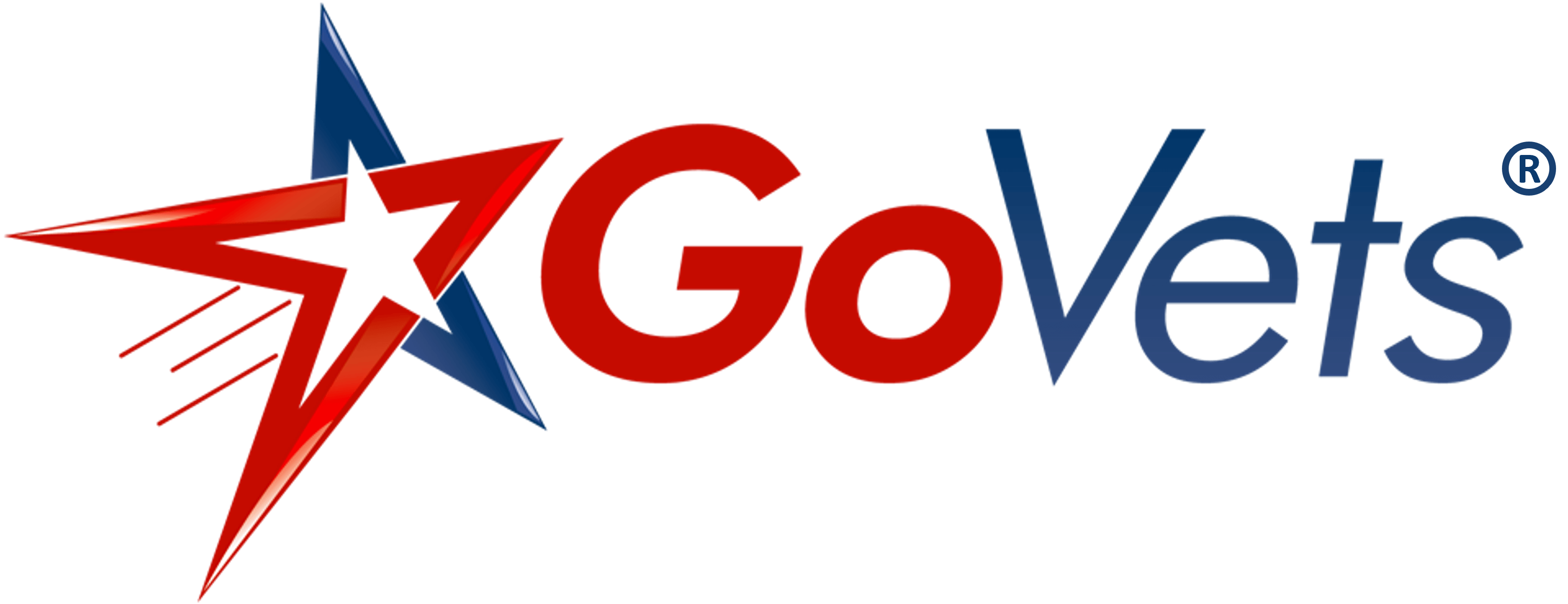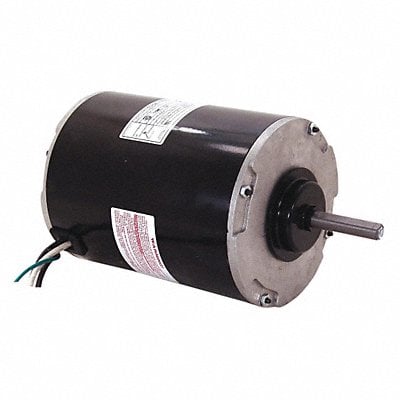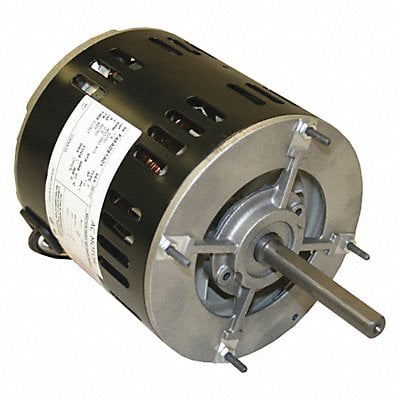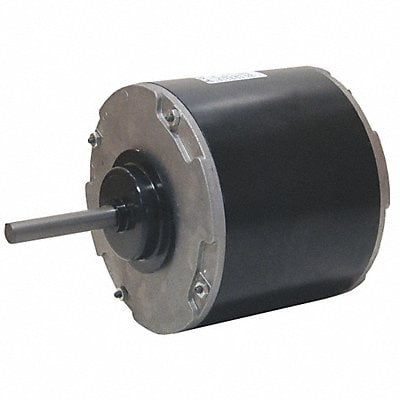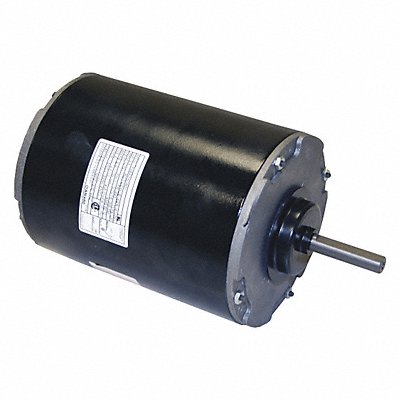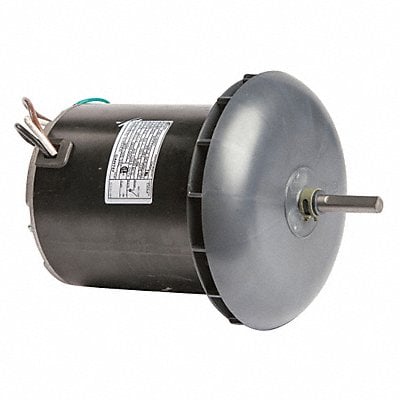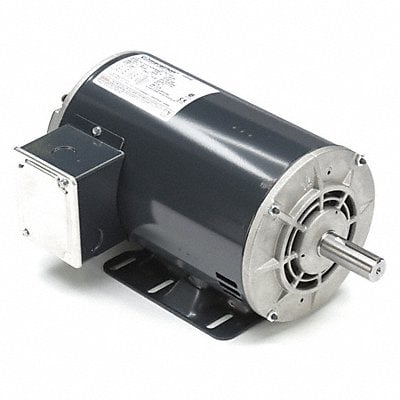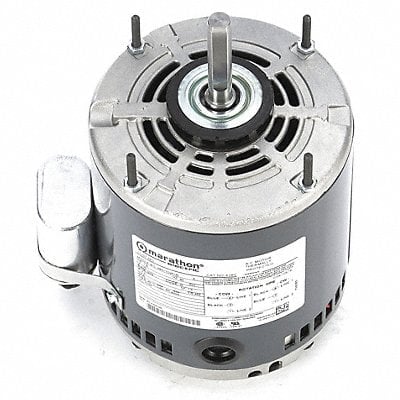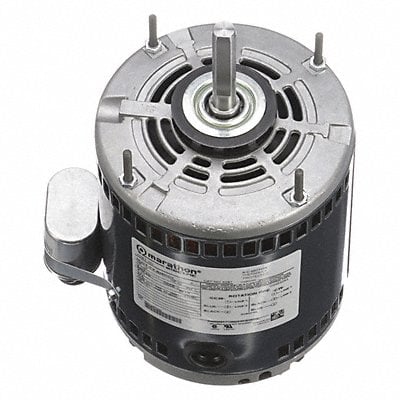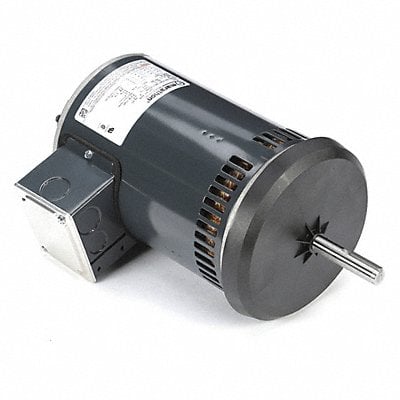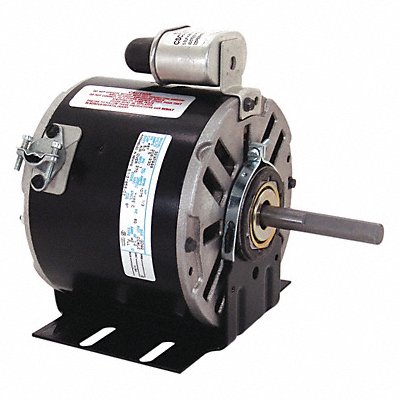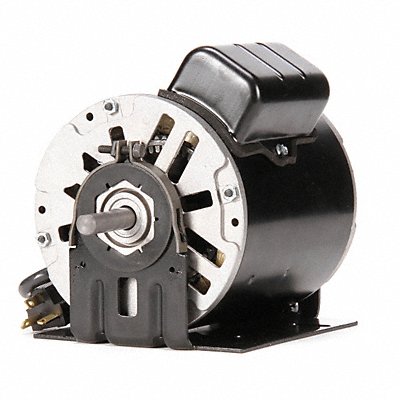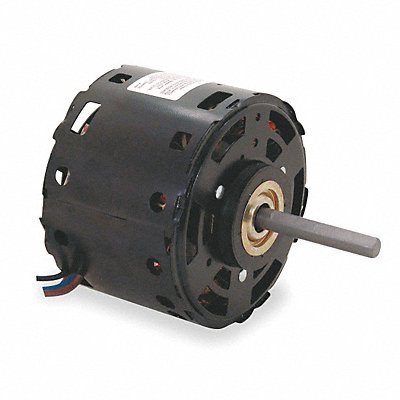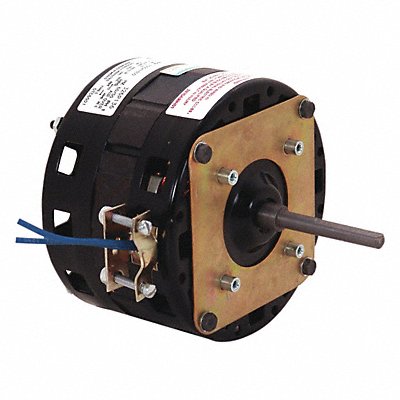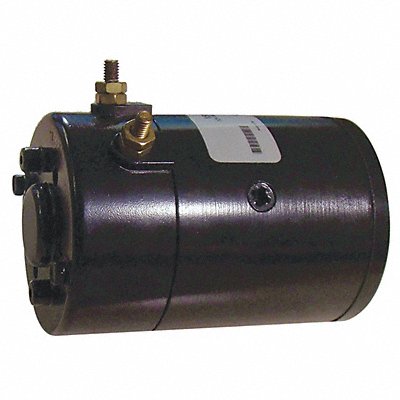OEM Replacement HVAC Motors: Enhancing System Performance and Reliability
Introduction
Immerse yourself in the realm of OEM Replacement HVAC Motors and explore their pivotal role in ensuring optimal HVAC system functionality. This comprehensive guide delves deep into the unique attributes that define these motors, their broad applications, projected lifespan, and key indicators signaling the need for replacement.
Top 10 Characteristics of OEM Replacement HVAC Motors:
OEM Replacement HVAC Motors exhibit a distinctive set of qualities:
1. Precise Compatibility: Motors designed to perfectly match OEM specifications.
2. Enhanced Performance: Ensuring system efficiency and consistent airflow.
3. Seamless Integration: Direct fitment without modifications.
4. OEM Quality: Meeting or exceeding original equipment manufacturer standards.
5. High Reliability: Built to withstand demanding operational conditions.
6. Energy Efficiency: Engineered for optimized energy consumption.
7. Robust Construction: Durability for prolonged service life.
8. Built-In Safety Features: Integrated safeguards for reliable operation.
9. Quiet Operation: Minimal noise contribution for comfortable environments.
10. Quick Installation: Facilitating swift and hassle-free replacement.
Top 10 Applications of OEM Replacement HVAC Motors:
OEM Replacement HVAC Motors find application across a wide spectrum:
1. Residential HVAC Systems: Ensuring continuous home comfort.
2. Commercial Buildings: Supporting efficient air circulation.
3. Industrial Facilities: Powering ventilation in production settings.
4. Hospitality Sector: Providing guest comfort in hotels and resorts.
5. Healthcare Facilities: Maintaining sterile environments.
6. Educational Institutions: Facilitating focused learning spaces.
7. Retail Environments: Creating pleasant shopping atmospheres.
8. Data Centers: Ensuring reliable cooling for critical systems.
9. Entertainment Venues: Offering comfort for attendees.
10. Municipal Infrastructure: Contributing to community facilities.
Expected Lifespan of OEM Replacement HVAC Motors:
The operational lifespan of OEM Replacement HVAC Motors varies based on usage and maintenance practices. Routine upkeep significantly extends their service life.
Signs Indicating Replacement of OEM Replacement HVAC Motors:
Stay vigilant for signs suggesting the need for motor replacement:
1. Reduced System Performance: Decline in airflow or efficiency.
2. Unusual Noises: Abnormal sounds during motor operation.
3. Increased Energy Consumption: Unexpected rise in energy usage.
4. Inconsistent Airflow: Fluctuations in air delivery.
5. Overheating: Frequent motor overheating leading to shutdowns.
6. Vibration: Excessive vibrations during motor use.
7. Corrosion and Damage: Visible corrosion or damage on the motor.
8. Struggling Motor: Motor experiencing difficulty maintaining performance.
9. Poor Air Quality: Impaired indoor air quality due to motor issues.
10. Age and Wear: Motors nearing the end of their lifespan.
Top 3 Use Cases for OEM Replacement HVAC Motors:
1. Residential Comfort: Ensuring seamless home temperature control.
2. Commercial Spaces: Supporting optimal working environments.
3. Industrial Settings: Powering ventilation in production facilities.
Summary
OEM Replacement HVAC Motors offer reliable performance, seamless integration, and enhanced system efficiency. Understanding their features, applications, and replacement signs aids in maintaining efficient HVAC operations.
Product Recommendations:
